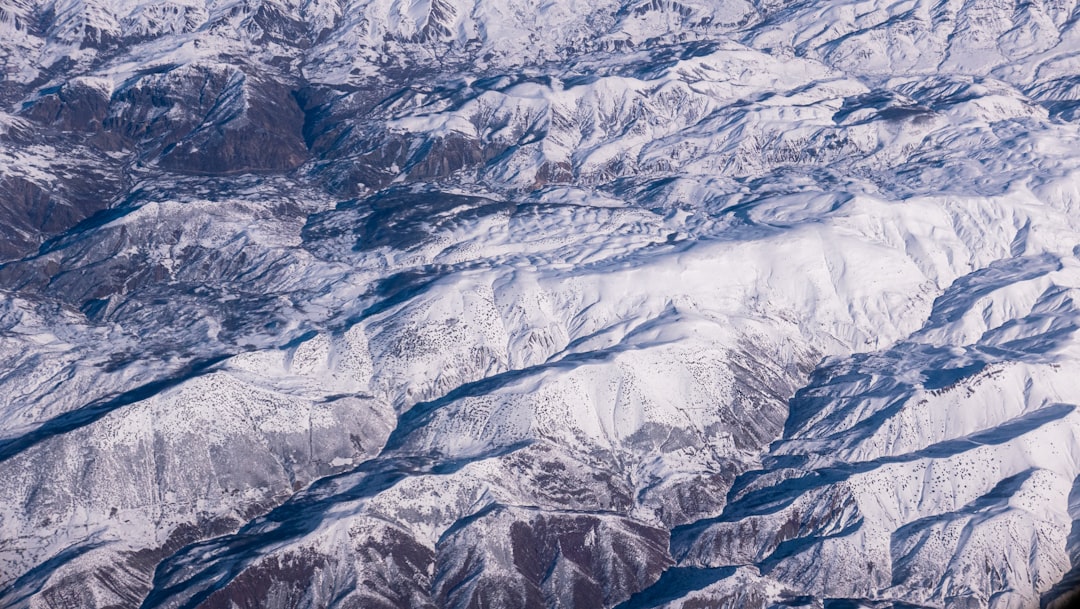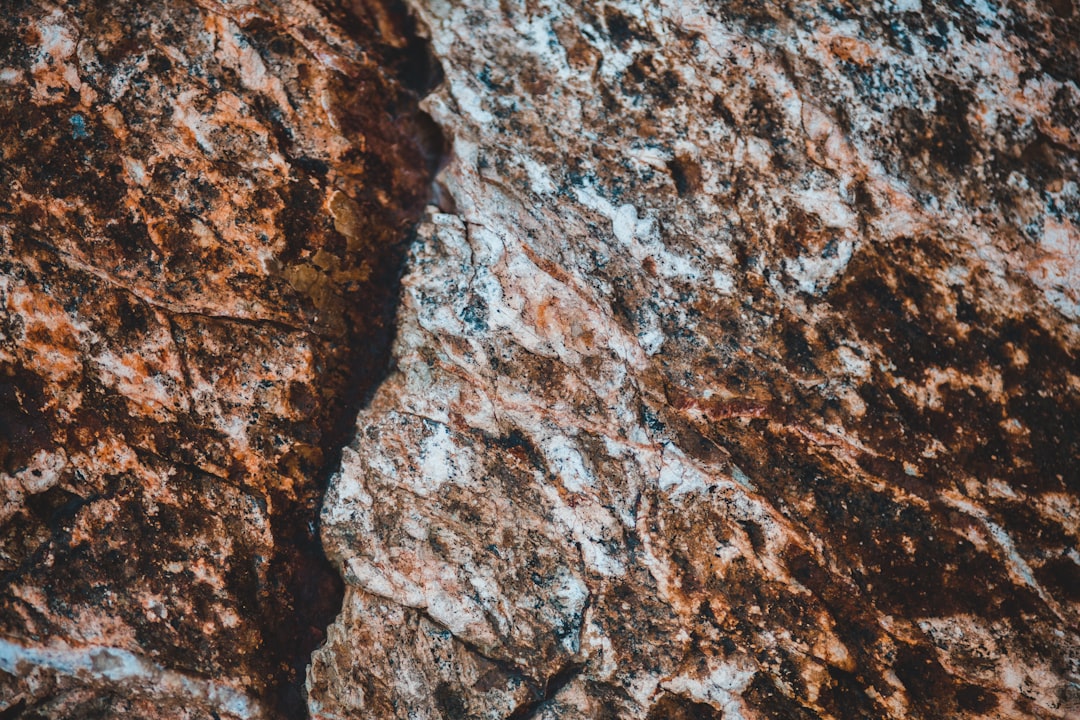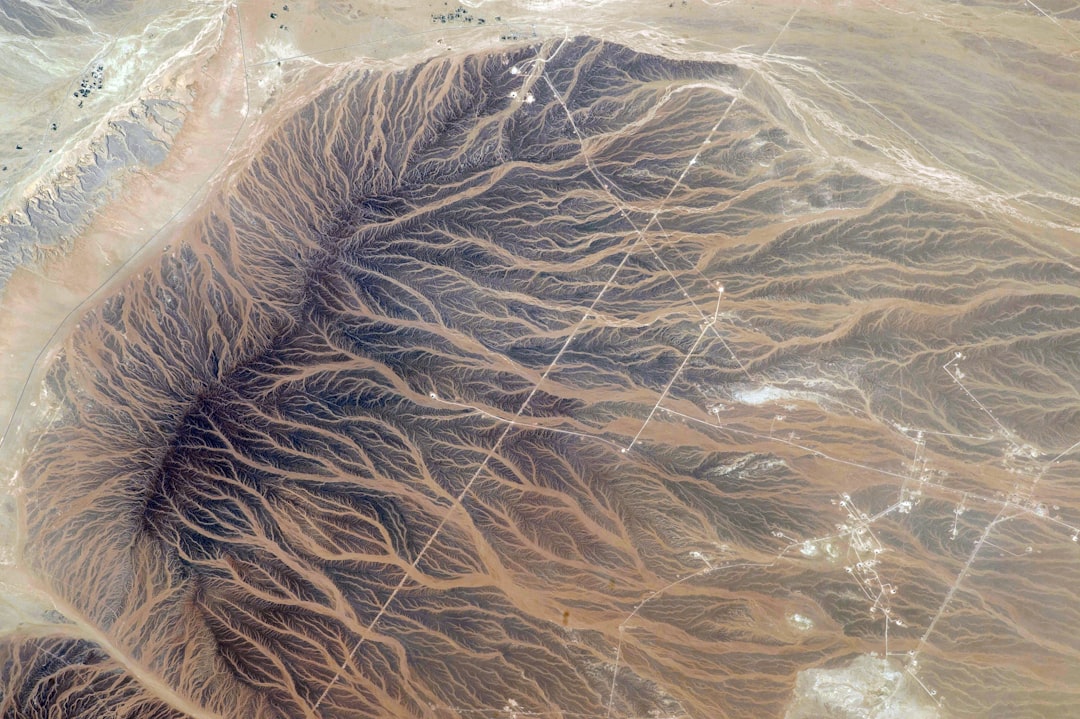What is it about?
Liu et al. present a hybrid time-lapse methodology for monitoring CO2 sequestration that incorporates physics-based full-waveform inversion and available well logs into a data-driven machine-learning technique to mitigate the data-scarcity issue. Tests for a model based on the Kimberlina reservoir demonstrate the potential of the proposed method in predicting long-term time-lapse changes and capturing the high-resolution spatial and temporal dynamics of CO2 movement.
Featured Image

Photo by Markus Spiske on Unsplash
Why is it important?
1. We propose an efficient ``hybrid'' workflow for real-time monitoring of the spatial and temporal dynamics of CO_2 injection that combines physics-based full-waveform inversion of seismic data with data-driven inversion using neural networks (machine learning). 2. The common problem of scarcity of training data available for ML-based time-lapse inversion is mitigated by applying a new data-generation technique that employs physics constraints. 3. We develop a convolution neural network that simultaneously predicts the spatial and temporal variations in velocity and saturation and achieves high spatial resolution in the presence of realistic noise in the input data.
Read the Original
This page is a summary of: Joint Physics-Based and Data-Driven Time-Lapse Seismic Inversion: Mitigating Data Scarcity, Geophysics, October 2022, Society of Exploration Geophysicists,
DOI: 10.1190/geo2022-0050.1.
You can read the full text:
Contributors
The following have contributed to this page










